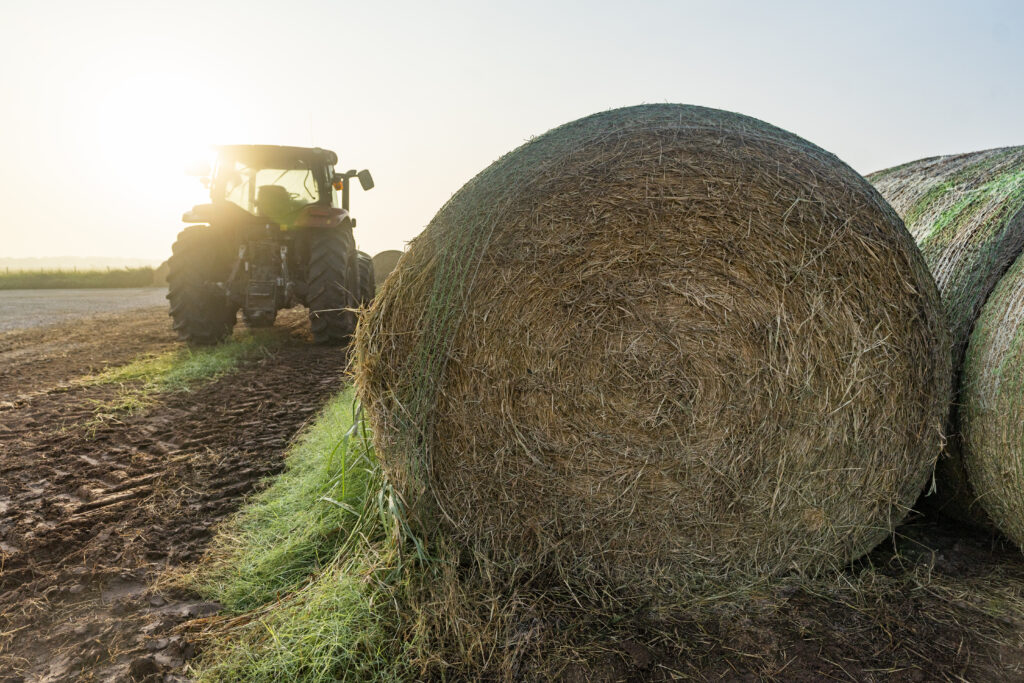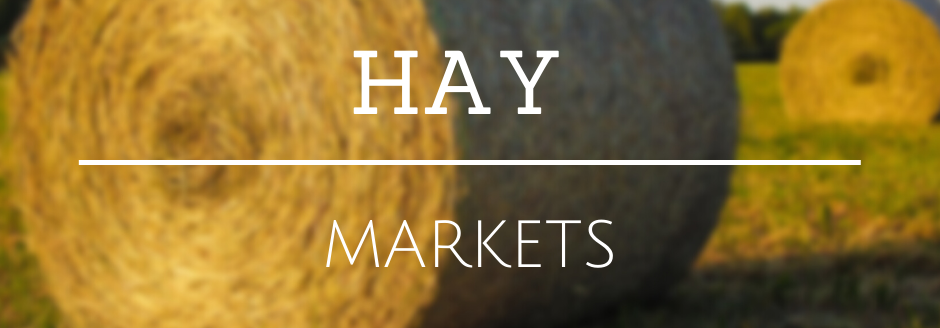Hay is a staple feed for livestock in the southern Unites States, providing protein, energy, and fiber. It has been a tough year for good hay production and producers are trying to utilize any possible available hay, but with that comes mold issues.
Most hay can become moldy when it is baled too wet, left in the field for too long, or stored outside in shaded areas where rain or humidity can slow down the drying process and increase the risk of mold.
Hay that is cut and baled with a high amount of dirt or hay where the plant shows signs of fungal diseases could also contain spores that will germinate if exposed to moisture during storage. Hay that is stored in high stacks or ensiled at high moisture can also become moldy. Under the ideal moisture conditions spores from different mold species can germinate within 24 to 72 hours.
Depending on fungal species, moldy hay can be dangerous to different livestock species and should not be fed, but the direct negative effects of moldy hay are difficult to document. Some types of molds produce mycotoxins, which are toxic compounds that can cause health problems in livestock.
Some of the issues caused by moldy hay include feed refusal, low fertility, increased water consumption, poor hair coats, estrogenic effects, lameness, poor kidney or liver function, respiratory problems (pneumonia-like respiratory issues such as hacking or coughing), diarrhea, and colic (horses).
Cattle and small ruminants (sheep and goats) are less affected (except during pregnancy) by moldy hay since many mycotoxins are broken down in the rumen, but it can cause mycotic abortions or aspergillosis. Horses, which are cecal digesters, are at the highest risk of mold susceptibility among common livestock.
They can develop a respiratory disease called Recurrent Airway Obstruction, also known as heaves. Symptoms include coughing, nasal discharge, and labored breathing. Lactating dairy cows should never be fed moldy feeds to avoid any trace of mycotoxins in milk.
Across all species, pregnant animals and young animals are at higher risk along animals in poor condition are more likely to be affected by moldy hay. In livestock producers, spores in moldy hay can cause a condition called “farmer’s lung,” where the fungus can grow in lung tissue after breeding too many spores.
Feeding moldy hay to livestock is a tough decision and testing for molds in forages is quite difficult. The only way to determine the type and amount of spores and the presence of mycotoxins in hay is by taking a sample and sending it to a diagnostic laboratory for analysis. Visual appraisal (smell and color) might provide visual cues to determine mold severity, but might not provide a complete picture and the use of a black light is not the best method of detection and assessment.
If the presence of mycotoxins is unable to be verified, it is important to carefully monitor herd health regarding reproductive efficiency, feed utilization and gain, and overall health status. Even if mycotoxins are not present in the hay, mold can lower the nutritional value such as lower digestibility of feeds, and result in nutrient loss such as total digestible nutrients (TDN) and lower vitamin levels (A, D3, E, K, and thiamine).
Rocky Lemus is an Extension forage specialist with Mississippi State University.




